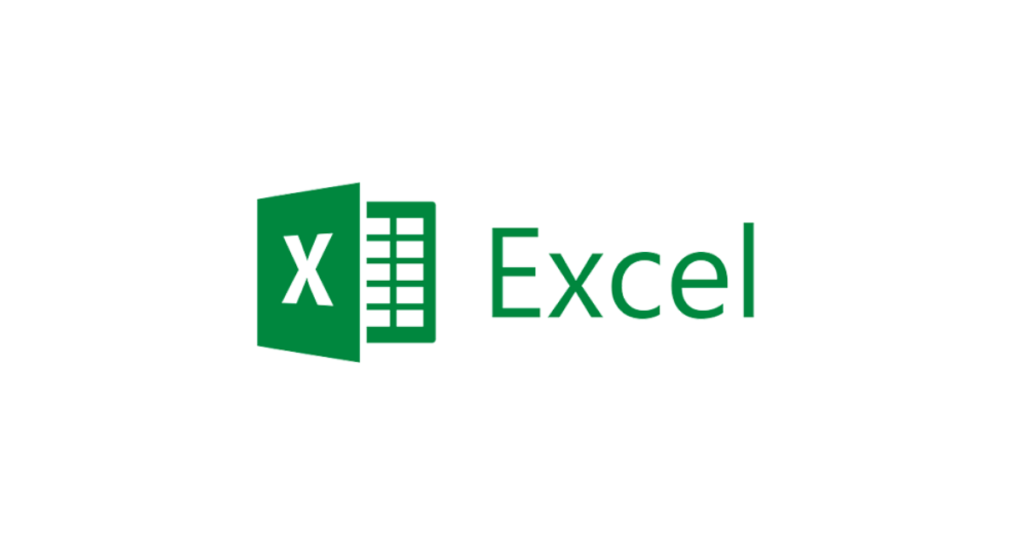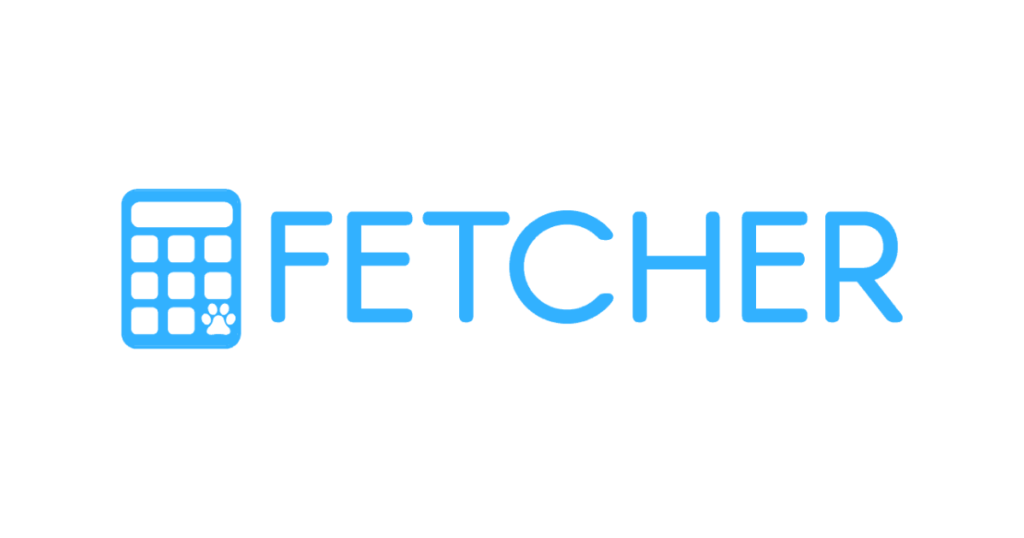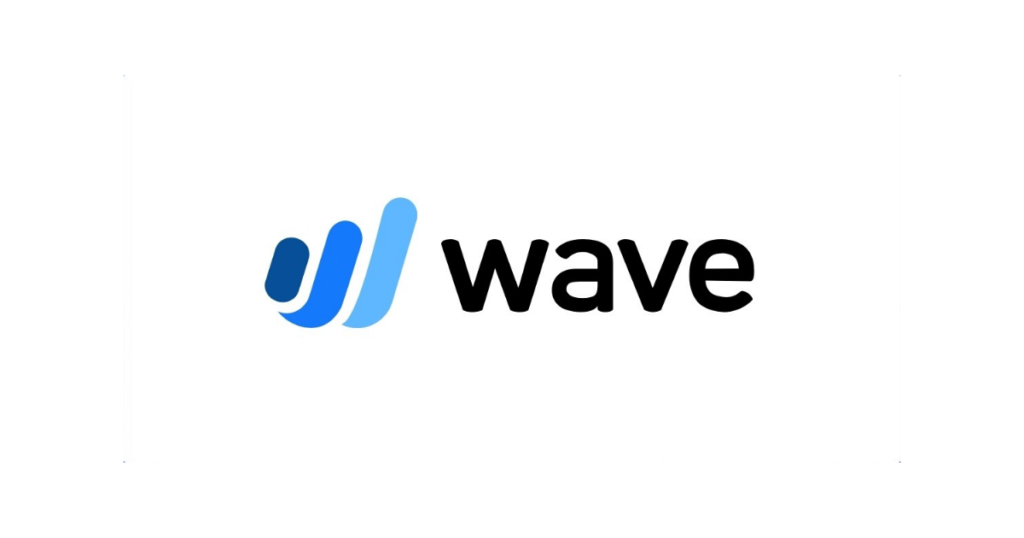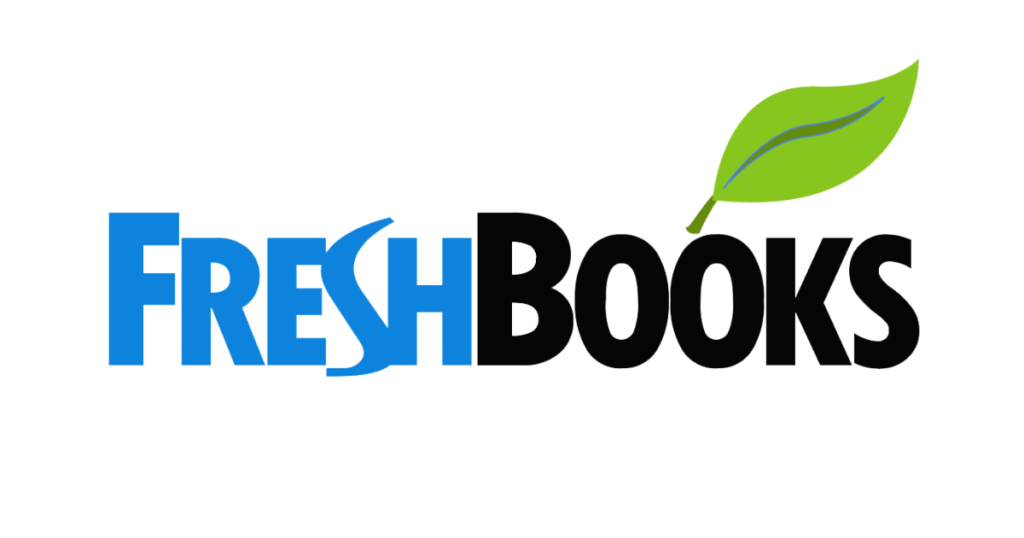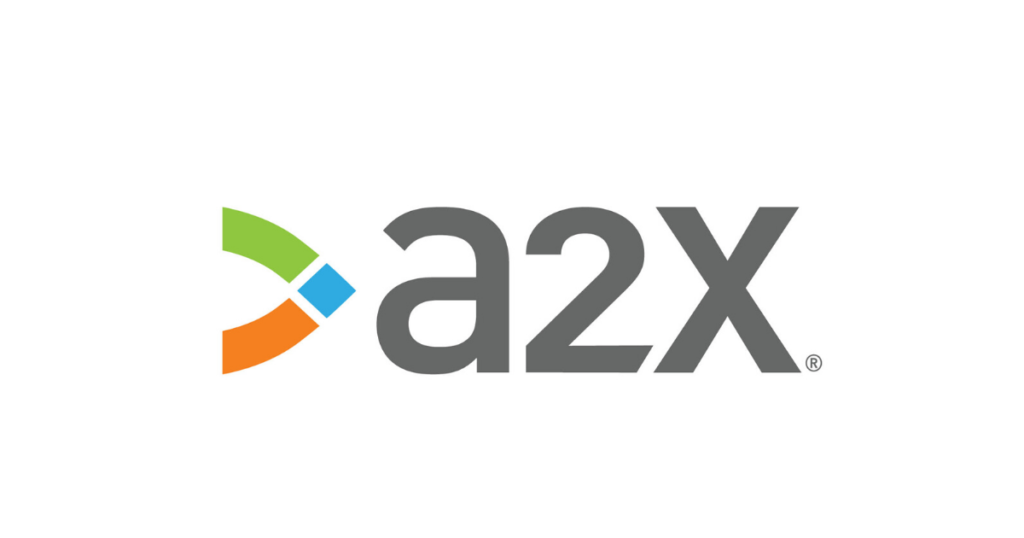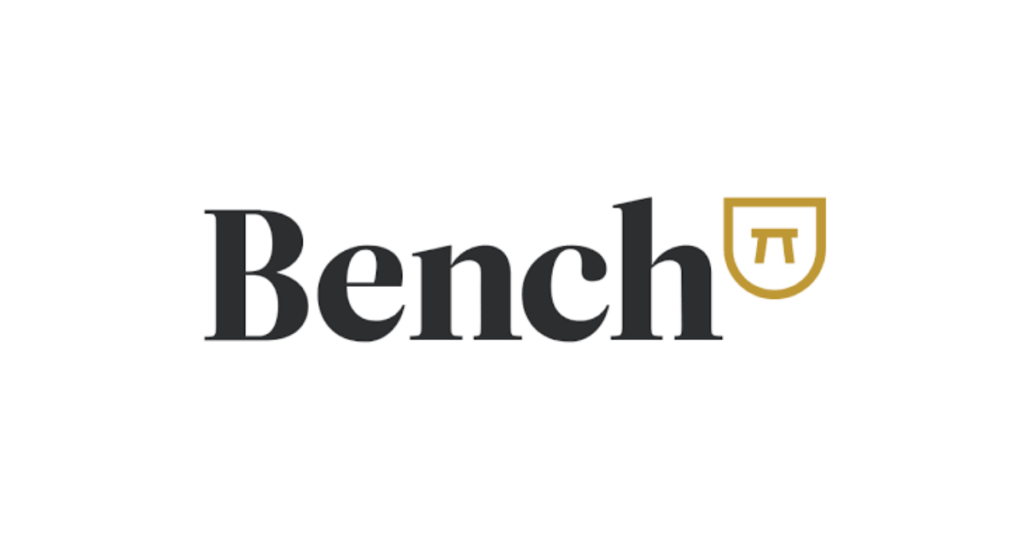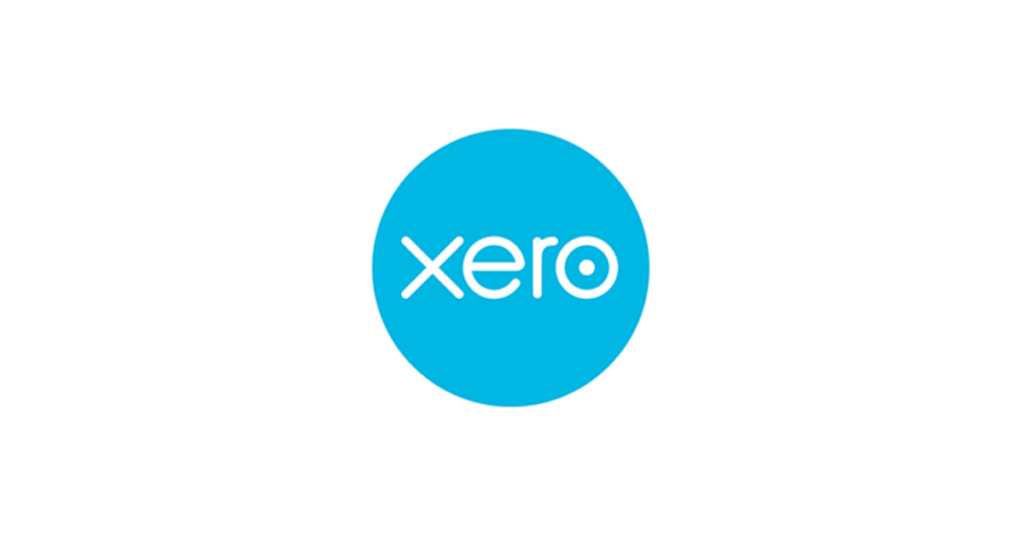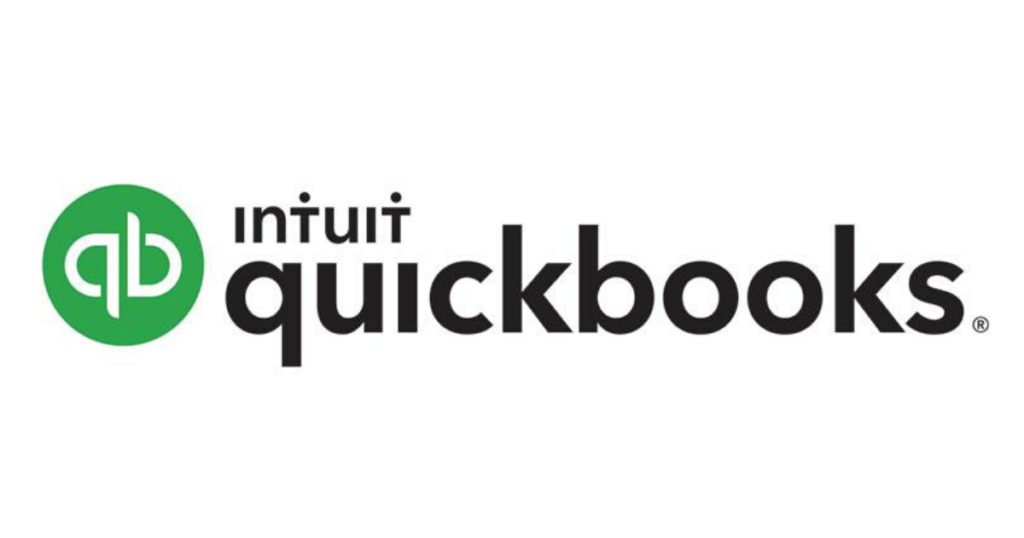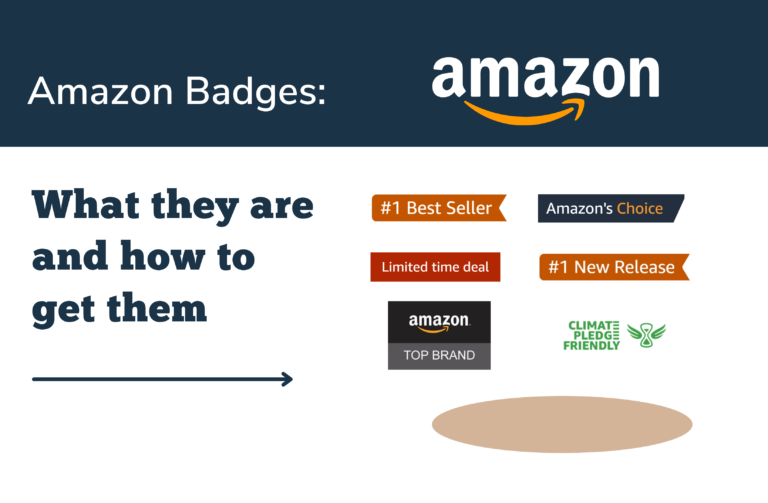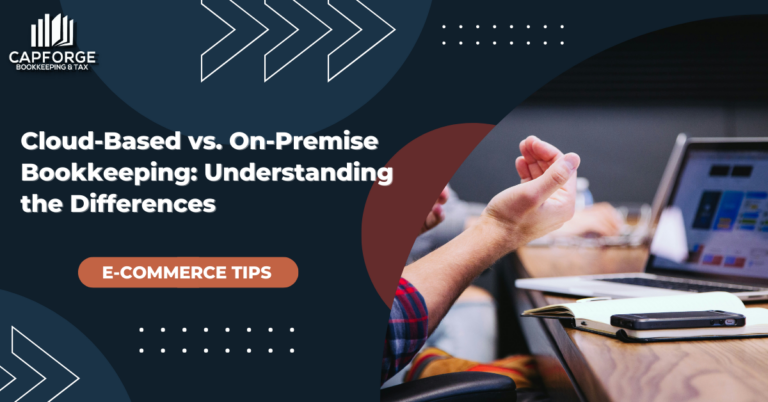Best & Worst Bookkeeping Software for Amazon Sellers
Amazon sellers have a myriad of options to choose from when it comes to bookkeeping software. With each promising to make managing your finances easier, faster, and cheaper, it can be difficult to distinguish which program truly reigns supreme. Lucky for you, we’ve already done the research so you don’t have to. Below, you’ll find a list of the most common bookkeeping software used by Amazon sellers, starting with the worst and ending with the best. Read on to learn about the pros and cons of each.
Worst: No Software, No Bookkeeping
While not illegal, failing to keep financial business records will run you into a host of problems. As you’ll see, the one pro does not come anywhere close to outweighing all the cons.
Pros: It’s easy!
Cons:
- You have no idea how much money you may or may not be making, so no idea how to plan for taxes.
- If you are losing more money than you should be, it’s hard to pinpoint where.
- If you want to sell the business, you are going to get a much lower value than if you had accurate financial statements to demonstrate the value.
- If you are audited for taxes, you have no easy way to defend yourself with data and facts.
- You will have a hard time getting a loan, for the business or personally, if you have no financial records to present.
Pricing: Free at first, though it may end up costing you hundreds—if not thousands—of dollars down the road due to any or all of the cons listed above.
Better Than Nothing: Excel
Launched by Microsoft in 1985, Excel will go down in history as one of the most iconic computer programs in the world. In fact, for many years it was the go-to software for bookkeepers. But that’s no longer the case.
Due to recent advances in technology, there are now more efficient programs for managing your business finances. After reading our list of pros and cons you’ll see why we listed it as one of the worst options for bookkeeping.
Pros: Excel is an easy tool to use for keeping basic track of things. Posting info into the rows and columns you create never presents an issue as the cells will accept any data you feed them. For just keeping track of your initial investment into your business, before you start making sales, Excel works fine and we recommend using it as having this kind of record is better than not keeping track of this information. But as soon as you start making sales, Excel stops being a good solution for bookkeeping.
Cons: Precisely because it is so easy to use and you can put anything you want into any cell, Excel becomes a poor solution for doing actual bookkeeping. Here are the main downfalls of using it:
- You can make it track income and expenses, but unless you are an accountant, it’s very difficult to create a proper balance sheet with Excel. You may very well be leaving out half of your financial information.
- By missing on the balance sheet, by default you are going to be doing cash basis accounting, which is not recommended for inventory-based businesses.
- There are no check figures with Excel, so if something gets missed, duplicated, or a formula has an error, there is no way to catch it with reconciliation like you would with a professional accounting program.
- The IRS and other tax agencies won’t put any stock in your Excel books, precisely because you can post anything in any cell with no verification or back up.
- For the same reason, buyers won’t put any credence in Excel-based financials for valuing or buying your business because you can show any results you want.
- For the time it takes to do in Excel, you may as well spend the same time doing it right in real accounting software!
Pricing: Buy it now for $139.99 or get Excel plus all the other Microsoft Office apps for $6.99/mo.
Lacks Critical Features: Fetcher
Founded in 2015, Fetcher is part of a suite of premium Amazon seller apps that are designed to help sellers effortlessly manage their online business. Created by software engineers, data scientists, and Amazon sellers, Fetcher makes it easier to analyze sales data by calculating and displaying the metrics that matter most to you. Here are some pros and cons of choosing this as your bookkeeping software.
Pros: Fetcher is a great program for keeping a close eye on your Amazon sales. It will connect directly to Amazon and pull in your daily sales totals, fees paid, and gross profit. You can also use it to calculate the cost of goods sold for your ASINs and you can add other expenses as well. It’s a good tool to easily keep track of your general position on a day-to-day basis in terms of sales and expenses.
Cons: Fetcher is not a full accounting program and is not a substitute for one. It doesn’t provide complete profit and loss statements and has no ability to track balance sheet items. If you just used Fetcher to generate a tax return or for tax planning, you’d be missing a lot of important information and most likely will overpay on your taxes by a wide margin. Although it seems like a good tool to help with some of the financial tracking for the business, it isn’t a complete solution and shouldn’t be thought of as one.
Pricing: Fetcher offers three different plans that range from $19/mo to $99/mo.
Lacks Critical Features: GoDaddy
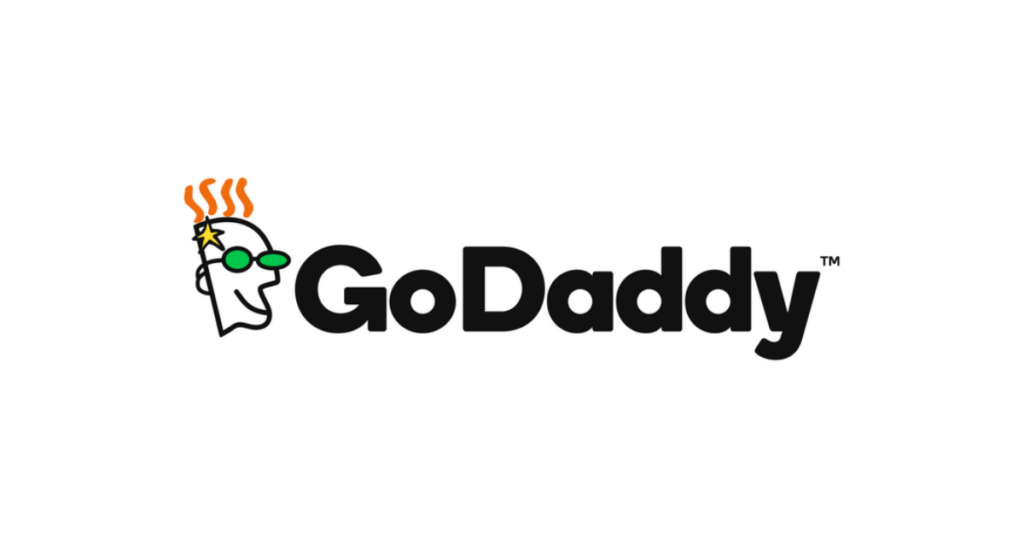 Established in 1997 as an internet domain registrar and web hosting company, GoDaddy has since expanded to offer online accounting. Unfortunately, it falls short of what Amazon sellers need.
Established in 1997 as an internet domain registrar and web hosting company, GoDaddy has since expanded to offer online accounting. Unfortunately, it falls short of what Amazon sellers need.
Pros: The GoDaddy bookkeeping program is a very basic tool for accounting. It works well if you have a very simple business and are satisfied with cash basis accounting. It’s good for freelancers or otherwise very small businesses that have no need for more complex transactions. It connects with bank feeds and can help you categorize expenses and is certainly easier and faster to use than trying to do it all on your own in Excel.
Cons: This is not the tool for an Amazon business! An Amazon business has a lot of moving parts to track that are simply beyond the capability of this software. It won’t handle inventory and COGS tracking, accrual-based bookkeeping, equity investments, tracking accounts receivable from Amazon, or anything else that is pretty fundamental to how even a small Amazon business runs. Starting out here inevitably means wasted time as you’ll want to convert to a full featured system as soon as you start making even minimal sales if you want your accounting done correctly.
Pricing: GoDaddy offers three different plans that range from $4.99/mo to $14.99/mo.
Lacks Critical Features: Wave
Founded in 2009, Wave is an online accounting program that prides itself on providing financial services and software for small businesses. While the Canadian company has certainly “made waves” in the accounting industry, it still isn’t up to par with other bookkeeping software.
Pros: The big draw for Wave is that it is free, and for a free product it does a lot! Like GoDaddy, however, it’s not a full bookkeeping system. It can do basic cash basis bookkeeping and is great for simple, small businesses that just need a basic tracker for income and expenses.
Cons: Wave is not built to work well with an online inventory selling business; it simply doesn’t have the horsepower to handle the kind of transactions that need to be posted on a regular basis. Starting out on Wave is tempting when you want to keep your costs low, but no serious seller who is trying to run their business correctly and values having accurate accounting for their results is going to stick with this platform very long.
Pricing: Free.
Better, But Still Lacking: FreshBooks
Similar to Wave, FreshBooks is another Canadian company that specializes in accounting software for small businesses. Founded in 2002, it’s a bit more advanced than Wave, but still lacks critical features that Amazon sellers need.
Pros: FreshBooks was built as a simpler alternative to QuickBooks for people who didn’t want to get caught up in the minutiae of learning accounting but needed an easy way to invoice customer and track getting paid. For this mission, the software does a good job. It makes invoicing customers easy and has a decent set of accounting features. It’s a great tool if you are a web designer, architect, or anyone whose main focus is doing billable work for clients and collecting from them.
Cons: As with the others we’ve looked at so far, FreshBooks is simply not designed to handle the kinds of transactions an Amazon seller will need to post. It’s a system with a main focus of invoicing and support around other accounting functions, but it’s not built for or intended to be used for accrual basis accounting or for an inventory-based business. It’s more robust than the others and you can, in some cases, come up with workarounds, but that causes more headaches and less perfect results than simply using the right system in the first place.
Pricing: FreshBooks offers four different plans that range from $15/mo to $50+/mo.
Almost, But Not Quite: A2X
This cloud-based application was co-founded by software engineers Paul Grey and Ashley Schroder, who have more than a decade of experience selling internationally with Amazon and FBA. However, it’s important to note that A2X is not a bookkeeping program per se. Rather, it is a tool intended to be used with Xero or QuickBooks by Amazon sellers to make bookkeeping easier by pulling transactions in from Amazon to either of those programs.
Pros: If you aren’t sure how to do it, pulling the data you need from Amazon and posting it into the books can be time consuming, confusing, and error prone. A2X automates this and can pull historical data as well as data from across multiple platforms including doing currency conversions for you. It posts sales details as well as fee details and if you provide the info it can also calculate COGS for you based on the SKUs sold during the time period in question. If you want a pretty good approximation of your Amazon activity and would rather spend the money than the time, A2X does what is says it will do.
Cons: If A2X saves a lot of time and automatically pulls data in from Amazon to the bookkeeping, why don’t we, as a bookkeeping firm, use it or recommend it? The answer is because while the results from A2X are close to what we get, they aren’t exact.
The reason for this is based on how the Amazon API works (the software that lets A2X talk to Amazon’s database) and the timing of the reports. Amazon sends money to its sellers every two weeks and A2X pulls in this data on that two-week schedule. Which is fine, except accounting is done on a month-to-month schedule. So when you ask A2X to give you a report for June, for example, it’s really piecing together info from a June deposit that had part of May in it, one deposit that may include all June sales, and a third deposit from July that has the last few days of June results. Then it takes those three data dumps and tries to stitch together a complete report for just June.
Inevitably, due to timing issues and other variables, those numbers never quite match the monthly summary statement Amazon produces. It’s often close, and the differences wash out over time, but it’s not exact.
We prefer to have the exact numbers Amazon uses, as these can be tied to their year-end summary and the 1099K they send out. Plus, if anyone like the IRS or an interested buyer ever want to review your financials, you’ll want bookkeeping matched to the penny with the Amazon summary statements. At the end of the day, we’d rather pull the actual Amazon data and post it ourselves than use the almost-but-not-quite data from A2X.
Pricing: A2X offers four different plans for Amazon sellers that range from $19/mo to $139/mo.
Almost, But Not Quite: Bench.co
Before we delve into Bench, we want to note this is a bookkeeping service, not a bookkeeping software. Although distinctly different, we decided to include them because they offer a solution for Amazon seller bookkeeping. However, like every other company listed, they have their own unique set of pros and cons.
Pros: Bench has a made a name for itself in the small business world by offering good bookkeeping with excellent customer service and fair pricing. They make it easy to work with them and will definitely reduce the burden on the average small business owner looking to outsource their bookkeeping. Based on all the reports we’ve seen, they do a good job and their clients are pretty happy for the most part.
Cons: Unfortunately, Bench has two fatal problems that make them not a great choice for Amazon bookkeeping.
The first is that they only do cash basis accounting. This alone would disqualify them because it means you have no way to record the value of your inventory and year-end vs what the Cost of Goods Sold is as you record it each month. It also means we can’t track what Amazon owes you at the end of each month for sales made but not paid out yet (also known as your accounts receivable). In general, for an Amazon business you want to do accrual accounting for your books and Bench simply isn’t built for it.
The second problem with Bench—and this applies to anyone using it, not just online sellers—is that they operate a closed system. That means that when they do your books it’s on their proprietary software and you can’t take it with you if you leave. They will give you reports, but you’d have to either rebuild your books or else end up missing a big chunk of your business history if you don’t stick with them. It also means you can’t go in and customize or post entries with the flexibility you want. With a program like Xero or QuickBooks, you can take your files with you and find other providers who can help you, but Bench doesn’t allow that. Whatever the pluses are for working with them, this is a huge minus.
Pricing: Bench offers five different plans that range from $139/mo to $299/mo.
Runner-up: Xero
Founded in 2006, Xero is one of our top contenders in our search for the best bookkeeping software for Amazon sellers. But for as good as it is, there are also a few drawbacks to be aware of.
Pros: Xero is a full-fledged accounting system that can do proper accrual accounting the way Amazon sellers need it done. The company started out as an online, cloud-based provider so they really understand how to make a web-based accounting system work right. Their pricing is pretty equivalent to QuickBooks which is their main rival for market share. As they continue to grow, the eco system of apps and users familiar with their platform grows too, making it easier and easier to find people who know how to navigate it. They have good support for multi-currency, multiple users, and data import—all of which make it a good fit for larger sellers as well as the smaller ones. Overall, Xero is an excellent choice for an Amazon seller.
Cons: The main two issues with Xero are relatively minor but worth addressing. The first is that although they have grown quite a bit, they are still much smaller than QuickBooks in terms of overall user base and finding people familiar with their platform.
This is a bit geographically dependent as well. There are more Xero users in New Zealand and Australia along with a close number in the EU and other areas compared to QuickBooks. Thus, in those regions, it’s much easier to find a Xero pro than a QuickBooks pro. In the US, however, QuickBooks still owns as much as 90% of the market share and has retained decades of legacy users from their earliest days. Therefore, in the US accounting community it is much, much easier to find people familiar with their platform than with Xero. Plus, nearly all CPAs, accountants, and bookkeepers have worked with QuickBooks at one time or another. So just on the basis of user familiarity, Xero is a harder sell in the US.
On a related note, Xero is a bit less user friendly than QuickBooks if you are used to US financial statements. Xero produces reports in a different style than US users are used to seeing, an example being where the post amounts as negative numbers. Another example is the way reports of consecutive months show the most recent month on the left-most column instead of reading from oldest to newest, right-to-left. These differences can be a little jarring at first, but aren’t so bad once you reorient yourself to how the numbers are laid out. This isn’t a big deal, but for someone used to the US way of presenting financial reports, it can be a little disconcerting when reading a Xero report.
Pricing: Xero offers three different plans that range from $9/mo to $60/mo.
Best: QuickBooks Online
First launched in 1998, QuickBooks has become one of the biggest accounting software companies in the world, with a userbase that includes more than seven million businesses. Full disclosure here, QuickBooks is the software we use for 100% of our bookkeeping clients. That said, while there is a lot to like about it, we can certainly be objective by acknowledging there is room for improvement and that this isn’t the only choice out there.
Pros: What we like about QuickBooks is it has everything you need in a full featured accounting program without adding too much extra that you’ll never use. We’ve also found that the price is right for the size of the clients we have and their needs. We use QuickBooks for clients ranging from just starting up to $50 million per year in sales, so it really covers a lot of ground. Here are some of the highlights, from an Amazon bookkeeping perspective:
- Allows for full accrual-based accounting entries and reports.
- Allows for multiple users with different permissions.
- Has good accounting tools to make the process fast and efficient.
- Plenty of reporting options.
- Connects with bank and credit card feeds to automate a lot of the data entry part.
- Has a very large eco-system of apps.
- Good multi-currency support.
- Has a huge user base which means it’s easy to find a workforce familiar with it.
- Integrates well with tax software for tax filing.
- Cloud-based system enables real time back up of data.
- Robust data security.
- Smooth transition from their legacy desktop version.
Overall, it works really well for us. A nice bonus feature is that we get it for half price, which we just pass on to our clients. For most applications, our clients need the Essentials version (a few people need Pro and nobody needs the Advanced version, although Intuit would love it if you did!) and that is currently only $20 per month at our price. Even better, unlike with Bench, if you leave us you take the file and all your history and ownership of the bookkeeping with you rather than having to start over.
This list wouldn’t be complete however if we didn’t cover the downsides!
Cons: Like any other software, QuickBooks is not perfect. It’s gotten better over the years and some people who tried the early version and vowed they’d never switch to online may not realize how far it’s come. But there are still some issues:
- The “help” it gives you with trying to categorize transactions can cause more mess than any time savings it adds.
- Despite being created by Intuit it’s not the most intuitive program to use.
- The inventory function is very, very hard to use to the point where we recommend no one does (we have a different approach to tracking this that doesn’t use their setup).
- The support can be tough to work with depending on who answers, some are good and some are terrible.
- If you’ve ever used any Intuit product in the past (such as TurboTax or Quicken) you may have trouble gaining access because they kept your email somewhere and want you to remember a long-lost password.
- If you are a long-time user of desktop QuickBooks this is going to be a bit of a jarring transition
- It is a subscription, so for people who like to own their software this isn’t that (but so are all the other options on this list).
Overall, we’d say the plusses far outweigh the minuses.
Pricing: QuickBooks Online offers four different plans that range from $25/mo to $150/mo. However, we offer a special discount when you purchase a plan through us.
Final Thoughts
If you are an Amazon seller just getting started and you haven’t made any sales yet, then by all means you can use Excel to track your startup expenses. Once you make a sale, however, it’s time to step up and do this right and there are really only two viable choices for doing proper bookkeeping: Xero or QuickBooks. Xero is fine and may be a better choice if your business is located outside the US or Canada. If you are in either of those two countries, however, we highly recommend going with QuickBooks.
If you’d like to find out more about our done-for-you Amazon bookkeeping service or about getting special discount pricing for QuickBooks, please don’t hesitate to send us an email or give us a call!




